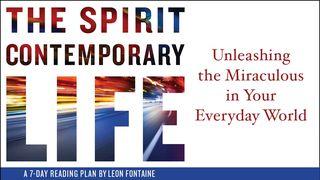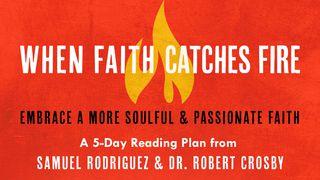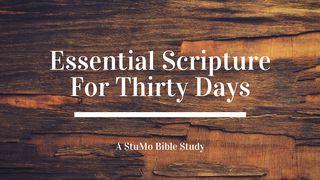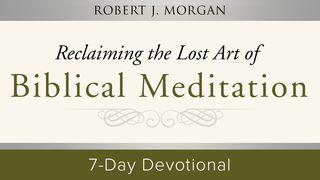How To Read The Bible For All Its WorthSample

Where Does Biblical Common Sense Come From?
Without necessarily intending to, we bring our theological heritage, our church traditions, our cultural norms, or our existential concerns to the Epistles as we read them. And this results in all kinds of selectivity or “getting around” certain passages.
It is interesting to note, for example, that almost everyone in American evangelicalism or fundamentalism would agree with our common stance on two passages in 2 Timothy (2:3 and 4:13). However, the cultural milieu of most of the same Christians causes them to argue against obedience to an earlier passage in 1 Timothy: “Stop drinking only water, and use a little wine because of your stomach and your frequent illnesses” (5:23). That had only to do with Timothy, not with us, we are told, because water was unsafe to drink back then. Or else, it is even argued that “wine” really meant “grape juice” — although one wonders how that could have happened when Welch’s processing and refrigeration were not available! But why is this personal word limited to Timothy, while the exhortation to continue in the Word (2 Tim 3:14 – 16), which is also an imperative addressed only to Timothy, becomes an imperative for all people at all times? Mind you, one may well be right in bypassing “use a little wine” as not having personal or universal application, but on what hermeneutical grounds?
This example simply illustrates how one’s own culture tends to dictate what is common sense regarding present application. But other things also dictate common sense — ecclesiastical traditions, for example. How is it that in many evangelical churches women are forbidden to speak in church on the basis of a probably spurious moment in 1 Corinthians 14:34 – 35 (spurious because it is a marginal gloss found in two different locations in the manuscript tradition, and clearly contradicts 11:2 – 3), yet in many of the same churches everything else in chapter 14 is argued against, as not belonging to the twenty-first century? How is it that verses 34 – 35 belong to all times and cultures, while verses 1 – 5, 26 – 33, and 39 – 40, which give regulations for prophesying and speaking in tongues, belong only to the first-century church?
What kinds of guidelines, then, are needed in order to establish more consistent hermeneutics for the Epistles? We will explore this next time.
Scripture
About this Plan

The Bible isn't always easy to understand. But a few essential insights can help you clear up a lot of misconceptions. Discover those insights in this reading plan, which will help you grasp the original meaning of Scripture and its application to your life today. Nearly a million people have turned to the book How to Read the Bible for All Its Worth to inform and enhance their Bible reading. Start this reading plan and you will uncover more of the inexhaustible worth that is in God's Word.
More
We would like to thank Gordon D. Fee & Douglas Stuart and Zondervan for providing this plan. For more information, please visit: http://bit.ly/1Qbdlkm
Related Plans

The Supernatural

Unleash The Miraculous Every Day

The Secret Battle Of Ideas About God

When Faith Catches Fire

Essential Scripture For 30 Days

7 Hebrew Words Every Christian Should Know

God's Prescription Plan For Health

Reclaiming The Lost Art Of Biblical Meditation

God Is With You Every Day
